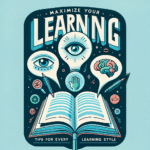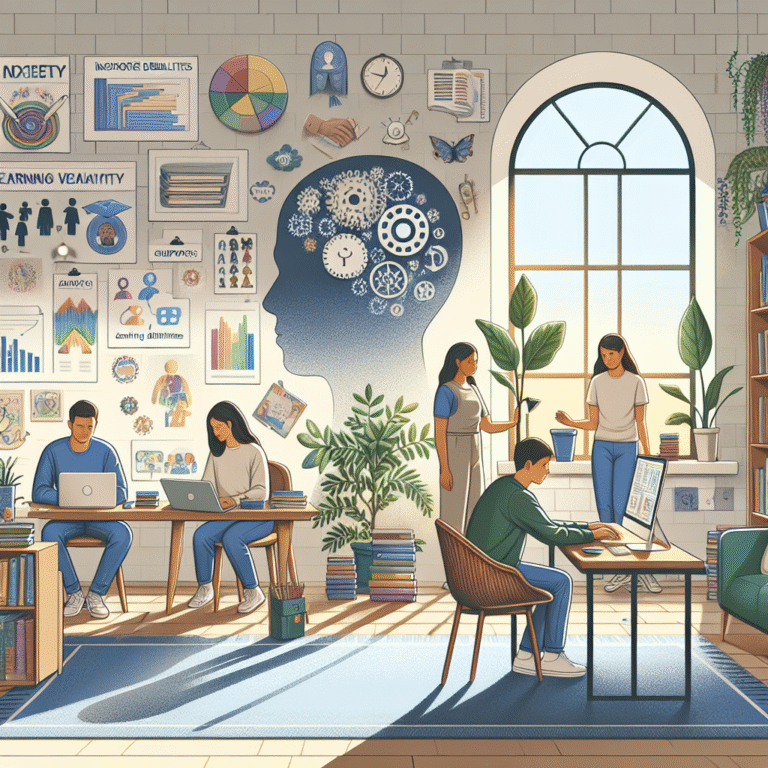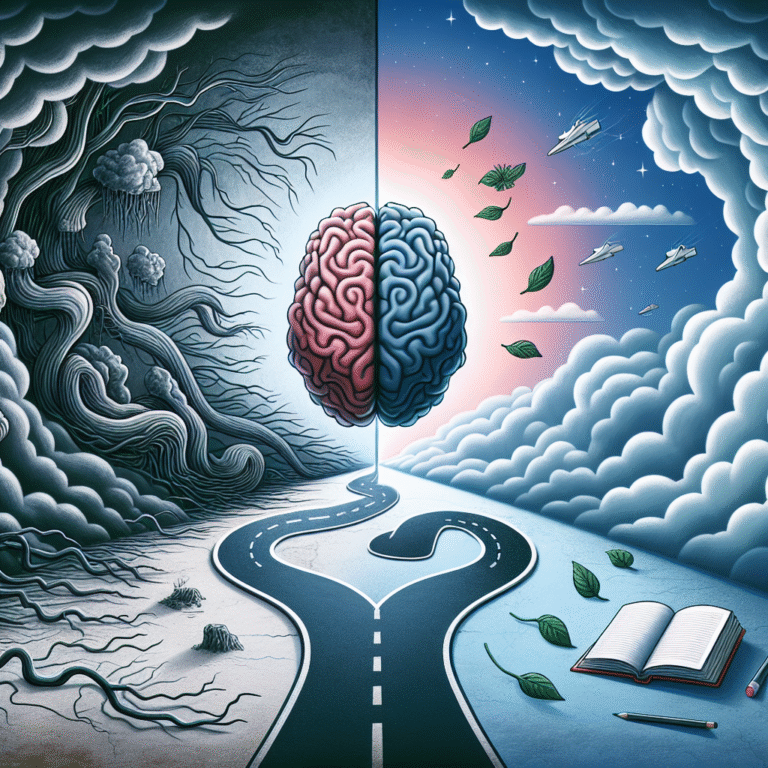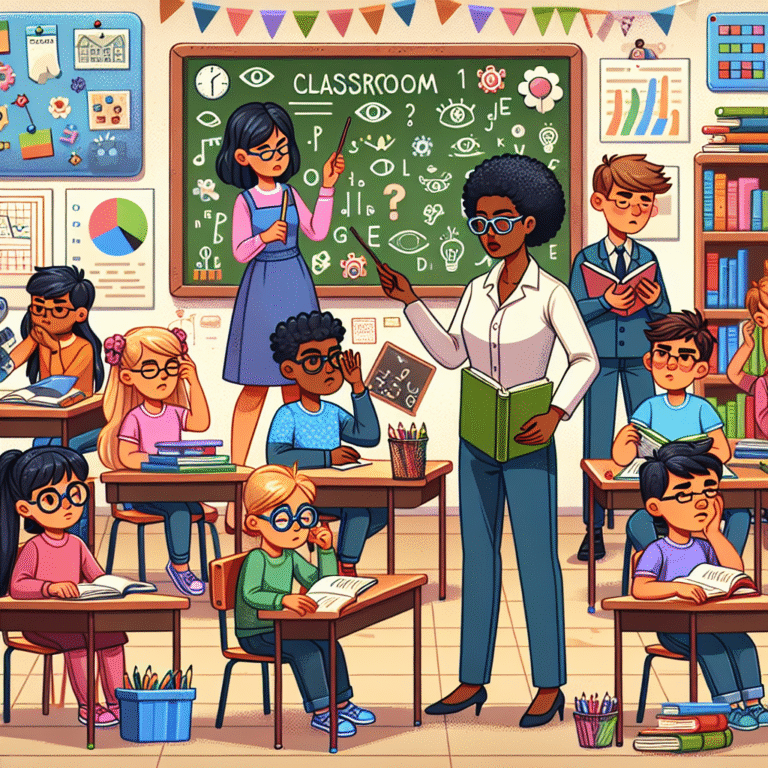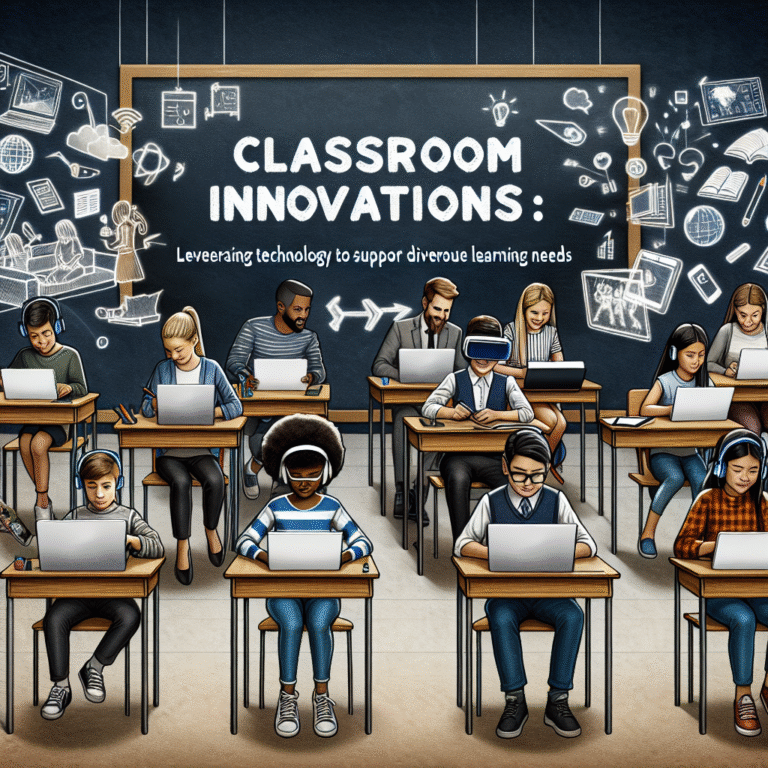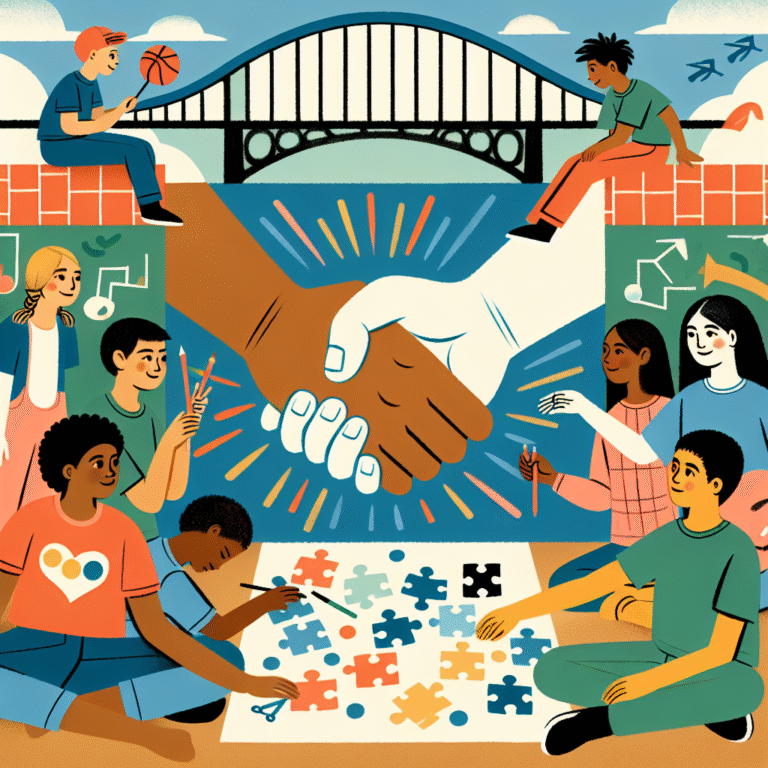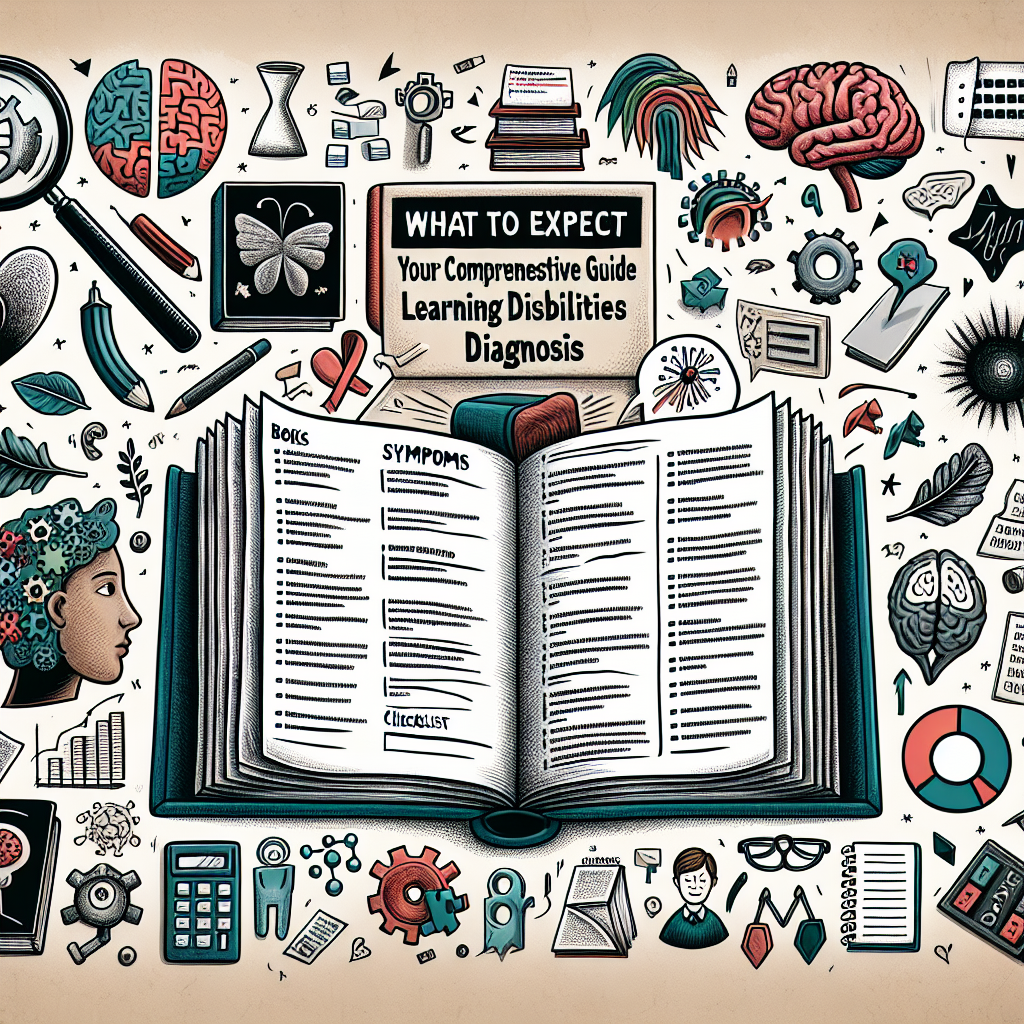
What to Expect: Your Comprehensive Guide to Learning Disabilities Diagnosis
Introduction
Navigating the realm of learning disabilities can feel daunting, especially when faced with unfamiliar vocabulary, complex processes, and overwhelming emotions. However, understanding this journey is essential for parents, educators, and individuals alike. When it comes to diagnosing learning disabilities, knowledge is power. This article, titled What to Expect: Your Comprehensive Guide to Learning Disabilities Diagnosis, aims to demystify the process and provide critical insights that empower you to take informed steps forward.
Every year, millions of individuals undergo assessment for learning disabilities, and each journey is unique. Whether it’s dyslexia, ADHD, or another learning challenge, the diagnosis can illuminate the path to tailored education strategies and support structures. In the following sections, we’ll explore the diagnostic process, what it entails, and what individuals and families can expect.
Understanding Learning Disabilities
What are Learning Disabilities?
Learning disabilities (LD) are neurological disorders that affect the brain’s ability to receive, process, and respond to information. This impairment can manifest in various forms—reading, writing, math, or attentiveness. According to the National Center for Learning Disabilities, about 1 in 5 children in the U.S. has learning or attention issues, making it essential to address these challenges.
- Dyslexia: Affects reading skills, making it challenging to recognize words and comprehend texts.
- Dyscalculia: Impacts mathematical abilities, particularly with number sense and calculations.
- Dysgraphia: Affects writing skills, making it hard to express thoughts in writing.
The Importance of Early Detection
Early intervention significantly enhances the potential for a successful educational journey. The sooner a learning disability is identified, the sooner targeted support can be provided, helping individuals develop coping strategies and adaptive skills.
The Diagnostic Process: What to Expect
Now that we have a foundational understanding of learning disabilities let’s delve deeper into the diagnostic process.
Step 1: Pre-Screening
Before a formal assessment occurs, preliminary screening often takes place through questionnaires and checklists. Teachers or parents might observe discrepancies between a child’s potential and their actual performance. This initial step aims to determine if further evaluation is warranted.
Example Screening Tools:
| Tool | Purpose |
|---|---|
| Behavior Rating Scales | Assess specific behaviors associated with learning disabilities. |
| Parent and Teacher Surveys | Collect data on academic performance and social interactions. |
Step 2: Comprehensive Evaluation
If screening suggests the presence of a learning disability, a comprehensive evaluation is the next step. This typically includes:
- Intellectual Testing: IQ tests help gauge cognitive potential.
- Achievement Testing: Measures academic performance in areas such as reading, writing, and mathematics.
- Behavioral Assessments: Helps identify any behavioral concerns that may accompany learning disabilities.
Step 3: Diagnosis by Professionals
Once the evaluations are complete, a team of professionals—including psychologists, special education teachers, and speech-language pathologists—will review the results. This multidisciplinary approach ensures a thorough understanding of an individual’s difficulties.
Step 4: Review & Recommendations
Following a diagnosis, the evaluation team will discuss the results with the family and provide recommendations. This may include various educational accommodations, strategies, and resources.
Case Study: Emma’s Journey
Emma, a 9-year-old, struggled with reading. After parental concerns and teacher feedback, a full evaluation revealed she had dyslexia. Post-diagnosis, Emma received tailored reading interventions, allowing her to thrive academically while her self-esteem flourished.
What to Expect During the Evaluation
Understanding the evaluation process alleviates anxiety. Here’s an overview of what you can anticipate:
| Aspect | What to Expect |
|---|---|
| Duration | Evaluations may take 2-4 hours. |
| Environment | A quiet room free from distractions. |
| Type of Assessments | Combination of verbal, written tests, and observation. |
| Feedback | Immediate verbal feedback followed by a detailed report. |
Common Questions About Learning Disabilities Diagnosis
As we traverse the subject of learning disabilities, it’s essential to address common questions and concerns.
FAQs
1. What are the signs of a learning disability?
Common signs include difficulty in academic performance, inconsistent results, trouble with organization, and behavioral issues. Early signs can manifest in preschool.
2. Who can diagnose a learning disability?
Qualified professionals such as psychologists, neuropsychologists, and special educators can perform the assessment and deliver a diagnosis.
3. What types of support are available?
Support can range from specialized tutoring and therapy to Individualized Education Program (IEP) accommodations in schools.
4. Can a learning disability be outgrown?
While some individuals develop strategies to manage their learning disabilities, others may continue to face challenges. Continuous support is essential.
5. Are learning disabilities hereditary?
There is a hereditary component; many individuals with learning disabilities may have family members with similar challenges.
6. Will my child still succeed with a learning disability?
Absolutely. With the right support, many individuals with learning disabilities achieve great success in school and life.
Moving Forward: Creating an Action Plan
Once a learning disability is diagnosed, it’s essential to develop a tailored action plan. Here are key components to consider:
1. Collaboration with Educators
Working in partnership with teachers is crucial. Regular meetings can ensure that your child receives appropriate accommodations, such as extended test time or distraction-free environments.
2. Implementing Support Systems
Consider professional tutoring and therapy that align with your child’s specific needs. Resources such as the National Learning Disability Association provide a wealth of information regarding support services.
3. Advocacy
Become an advocate for your child’s education. Educating yourself about your child’s rights and available resources can empower you to champion their needs effectively.
4. Emotional Support
Address the emotional aspect of learning disabilities. Encourage open communication, and validate your child’s feelings, helping them understand their unique learning style doesn’t define them.
Conclusion
In conclusion, navigating the diagnostic process for learning disabilities can be both challenging and enlightening. Armed with knowledge and support, families can take proactive steps toward understanding and addressing their child’s needs. By exploring what to expect during this journey, you’re empowering yourself to advocate for the necessary accommodations—ensuring your child can lead a fulfilling life.
Remember, a diagnosis is not a limitation; it’s a pathway to understanding and growth. As you move forward, remain optimistic and proactive, knowing that countless resources and supportive communities are on hand to aid in your journey.
Final Thoughts
Understanding what to expect during the learning disabilities diagnosis process equips individuals and families with the tools they need to succeed. From the initial screening to creating effective strategies, each step is integral to fostering resilience and empowerment.
This comprehensive guide, What to Expect: Your Comprehensive Guide to Learning Disabilities Diagnosis, is designed to be a reference point as you navigate this often complex journey. Remember, countless individuals have walked this path before you, and with knowledge and intention, you too can turn challenges into stepping stones toward success.

